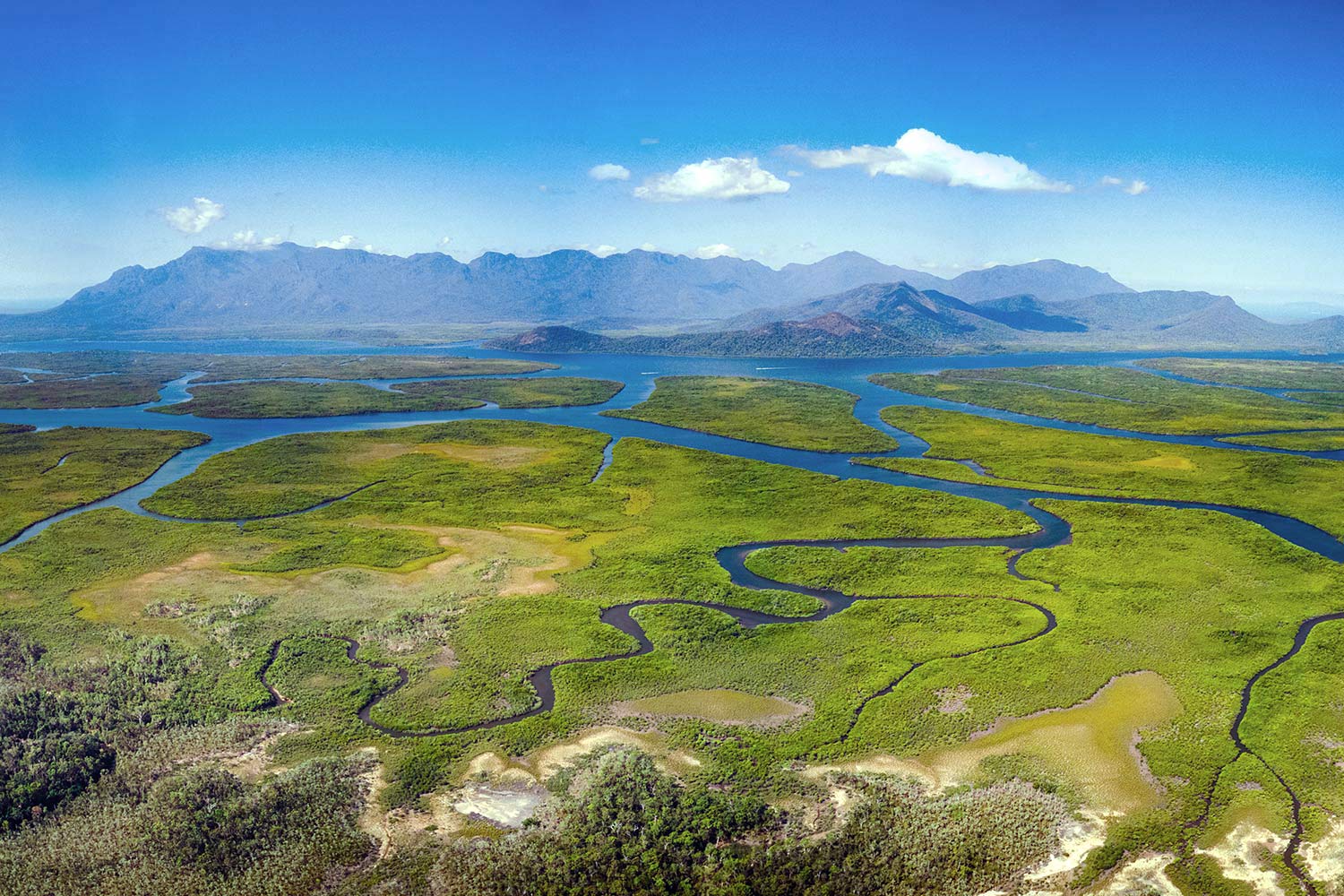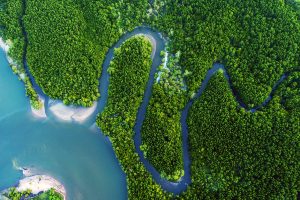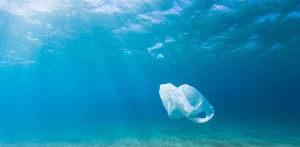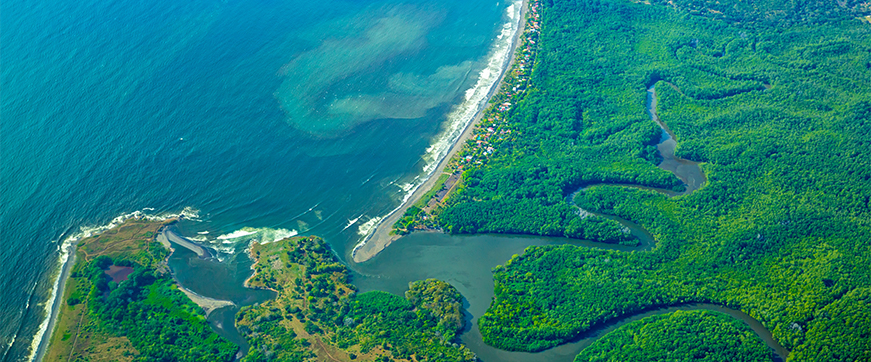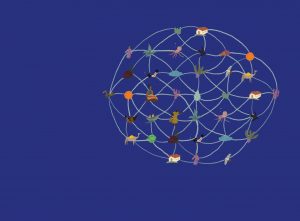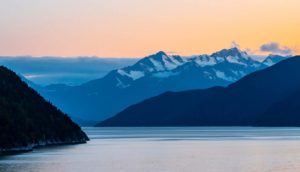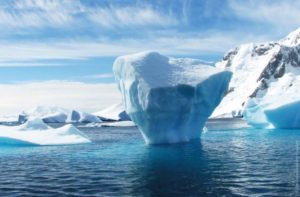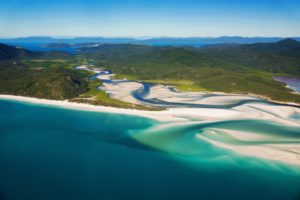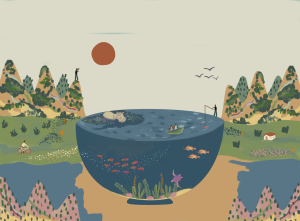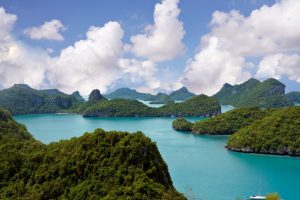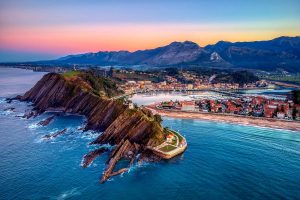A body of water is not an isolated entity; it is linked to all the other water in the world through evaporation, precipitation, rivers, streams, and groundwater. There is a growing focus on how we must manage the entire continuum of the waterflow from inland areas to the ocean. This concept is aptly named source-to-sea.
Source-to-sea refers to the connections between what we do on land and along rivers, and the impact this has further downstream, along coasts and in the ocean. Water, sediment, plants, and animals provide such connections as does human waste and pollutants.
Tracing impacts on the ocean back to its source is central to tackling global development challenges on a system scale. The source-to-sea approach is, in essence, the realization that if we alter one component in this system, it will have have an effect somewhere else. And these effects may jeopardize access to clean water, livelihoods, climate resilience, and ecosystem values and services downstream.
Alarming Degradation
The consequences are potentially devastating. Over the past decades, we have witnessed an alarming rate of ecosystem degradation in the source-to-sea continuum. Around 70 percent of the world’s wetlands have disappeared and we have lost more than 70 percent of all freshwater biodiversity. Deltas are suffering as sediment is trapped in dams upstream. And every year, approximately 8 million tonnes of plastic enter the ocean from land-based sources.
Unmanaged agricultural runoff and inadequate wastewater treatment continue to cause eutrophication and the expansion of dead zones in our coastal and marine waters. Globally, at least half of all wastewater is discharged without treatment causing ecological damage, health risks and economic loss.
Flows of some rivers are so highly diverted that little water reaches the sea, robbing coastal ecosystems of the water, sediment and nutrients they need. The degradation of freshwater and marine environments has a direct impact on crucial ecosystem services and thereby on livelihoods and food security, particularly for the poorest people.
Unmanaged agricultural runoff and inadequate wastewater treatment continue to cause eutrophication and the expansion of dead zones in our coastal and marine waters. Globally, at least half of all wastewater is discharged without treatment causing ecological damage, health risks and economic loss.
Flows of some rivers are so highly diverted that little water reaches the sea, robbing coastal ecosystems of the water, sediment and nutrients they need. The degradation of freshwater and marine environments has a direct impact on crucial ecosystem services and thereby on livelihoods and food security, particularly for the poorest people.
Connecting the Dots
Much of the pressure we put on ecosystems downstream originates from upstream activities such as land use, urban development, agriculture, energy production, forestry, and industrial activities. Climate change, together with our increasing demand for water, food, and energy, add to the challenge. Only by designing responses based on a source-to-sea approach can we begin to create a sustainable future.
It may sound like a straightforward thing to do, but while the fundamental principle of source-to-sea is indeed elementary, the complexity of taking all the relevant aspects into consideration can be daunting. Competing interests and intricate connections between social, economic, and environmental values are not easily mapped or understood. Actors located far from the sea may not even be aware of the impact their activities have. And even if they are, they may not have the capacity or financial means to address the issue. Many processes, public and private, are characterized by a narrow and short-sighted focus. Source-to-sea priorities, on the other hand, require a holistic approach, multi-stakeholder cooperation, and sustained efforts over long periods of time. That is why strategies for source-to-sea often struggle to make it to the top of political agendas.
Initiating Positive change
At SIWI, we consider the source-to-sea approach a key component of our work, and it is something we are passionate about. In 2014, we launched the Action Platform for Source-to-Sea Management, a multi-stakeholder initiative aimed at finding more effective ways to manage source-to-sea connections. Today, the platform brings together many of the main global organizations in the field, including several UN agencies, river basin organizations and research institutions.
We work intensively to increase momentum, recognition, and funding in order to accelerate the source-to-sea ambitions around the world. We engage in policy processes to raise awareness and facilitate relevant actions. We also provide guidance for investors and practitioners on how to work with source-to-sea management.
SIWI also supports the implementation of the source-to-sea approach: for example, in our pilot projects in Vietnam and Ethiopia. By doing so, we not only contribute to local and regional efforts but also to the global knowledge base around source-to-sea.
Around 70 percent of the world’s wetlands have disappeared and we have lost more than 70 percent of all freshwater biodiversity.
Connecting the Dots
Much of the pressure we put on ecosystems downstream originates from upstream activities such as land use, urban development, agriculture, energy production, forestry, and industrial activities. Climate change, together with our increasing demand for water, food, and energy, add to the challenge. Only by designing responses based on a source-to-sea approach can we begin to create a sustainable future.
It may sound like a straightforward thing to do, but while the fundamental principle of source-to-sea is indeed elementary, the complexity of taking all the relevant aspects into consideration can be daunting. Competing interests and intricate connections between social, economic, and environmental values are not easily mapped or understood. Actors located far from the sea may not even be aware of the impact their activities have. And even if they are, they may not have the capacity or financial means to address the issue. Many processes, public and private, are characterized by a narrow and short-sighted focus. Source-to-sea priorities, on the other hand, require a holistic approach, multi-stakeholder cooperation, and sustained efforts over long periods of time. That is why strategies for source-to-sea often struggle to make it to the top of political agendas.
Initiating Positive change
At SIWI, we consider the source-to-sea approach a key component of our work, and it is something we are passionate about. In 2014, we launched the Action Platform for Source-to-Sea Management, a multi-stakeholder initiative aimed at finding more effective ways to manage source-to-sea connections. Today, the platform brings together many of the main global organizations in the field, including several UN agencies, river basin organizations and research institutions.
We work intensively to increase momentum, recognition, and funding in order to accelerate the source-to-sea ambitions around the world. We engage in policy processes to raise awareness and facilitate relevant actions. We also provide guidance for investors and practitioners on how to work with source-to-sea management.
SIWI also supports the implementation of the source-to-sea approach: for example, in our pilot projects in Vietnam and Ethiopia. By doing so, we not only contribute to local and regional efforts but also to the global knowledge base around source-to-sea.
